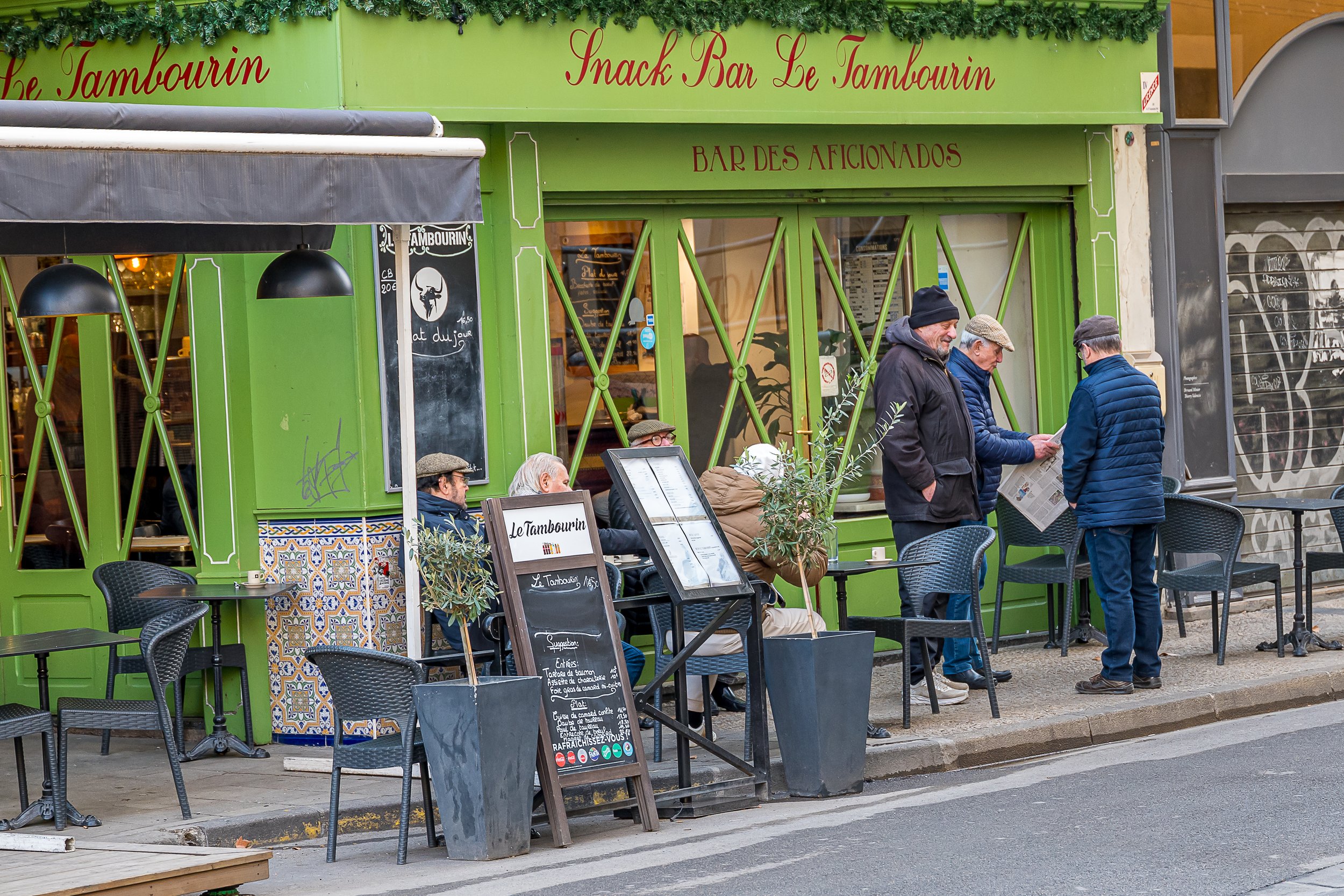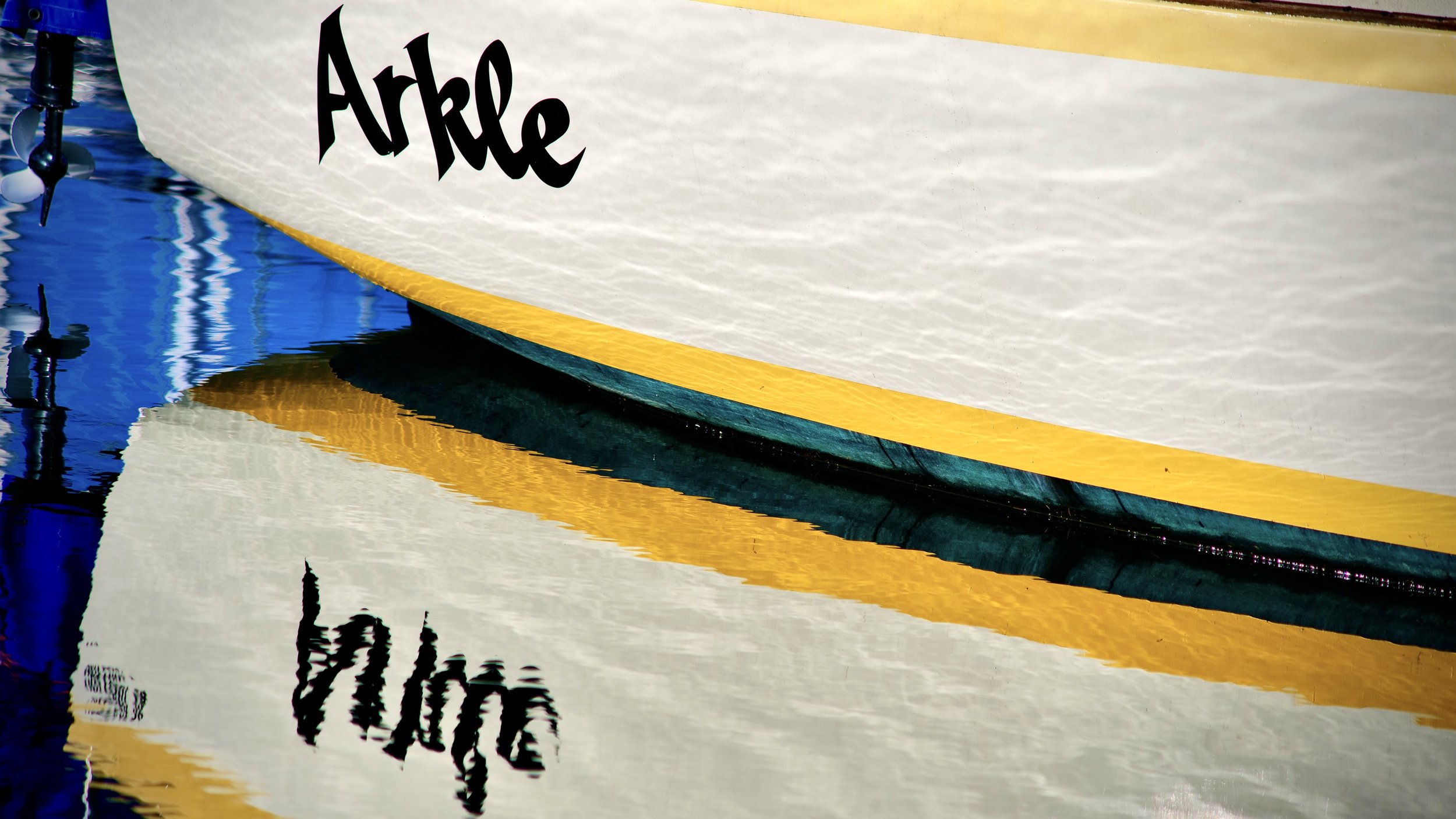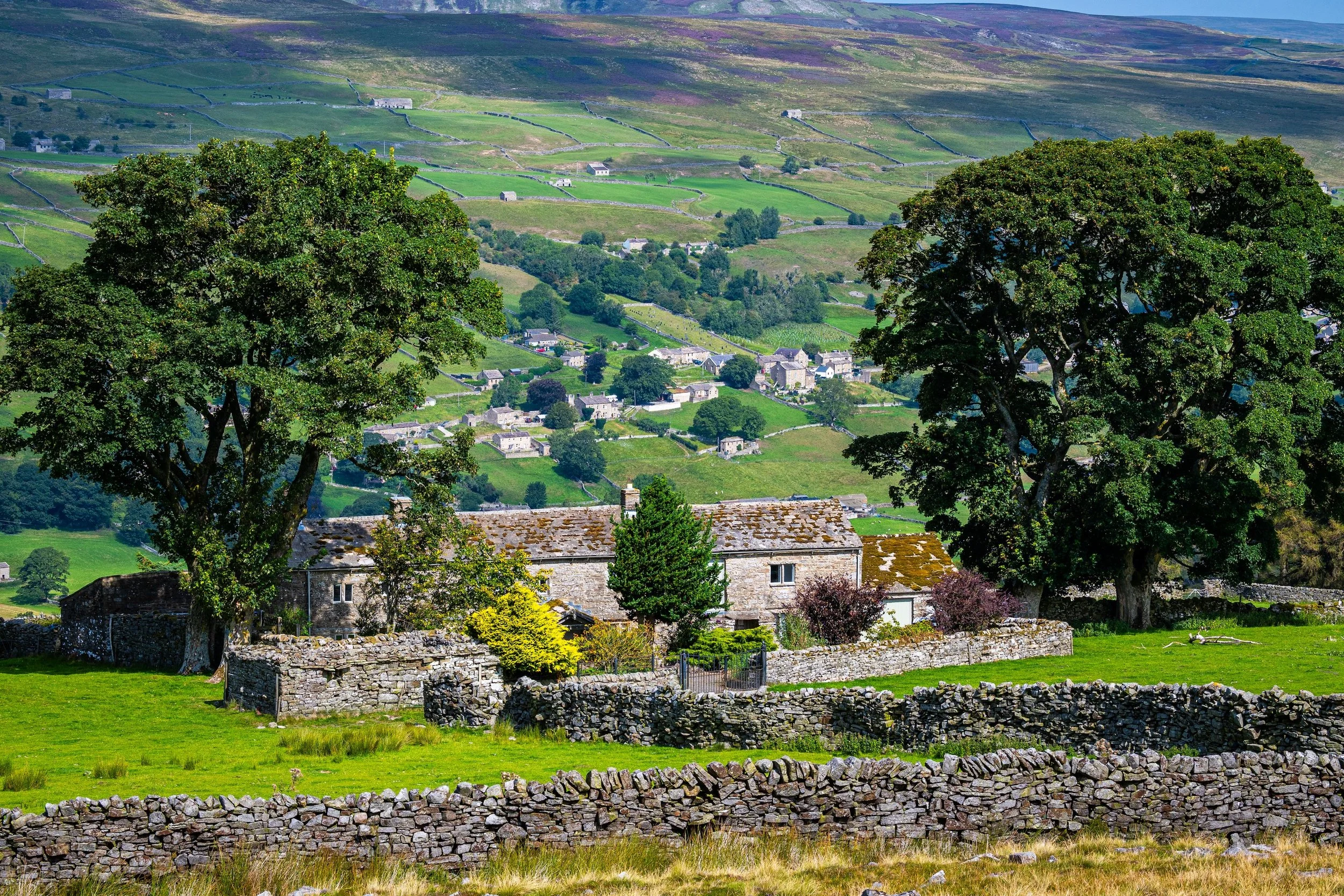
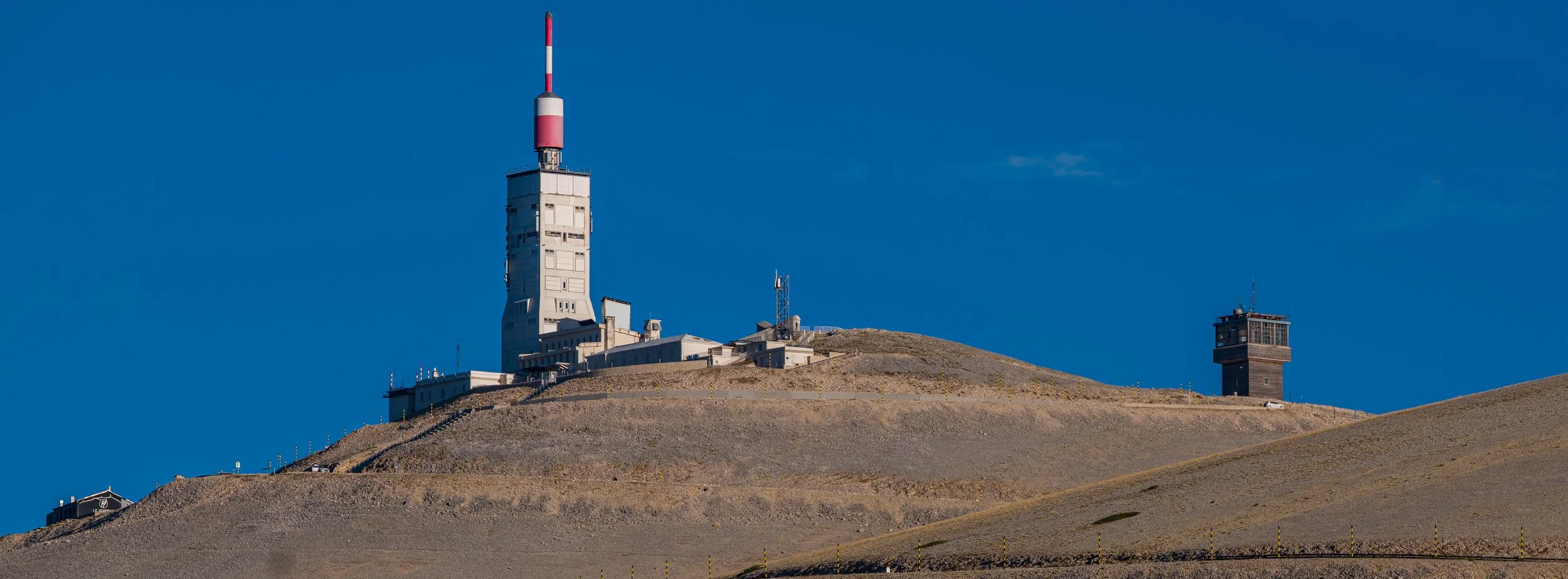
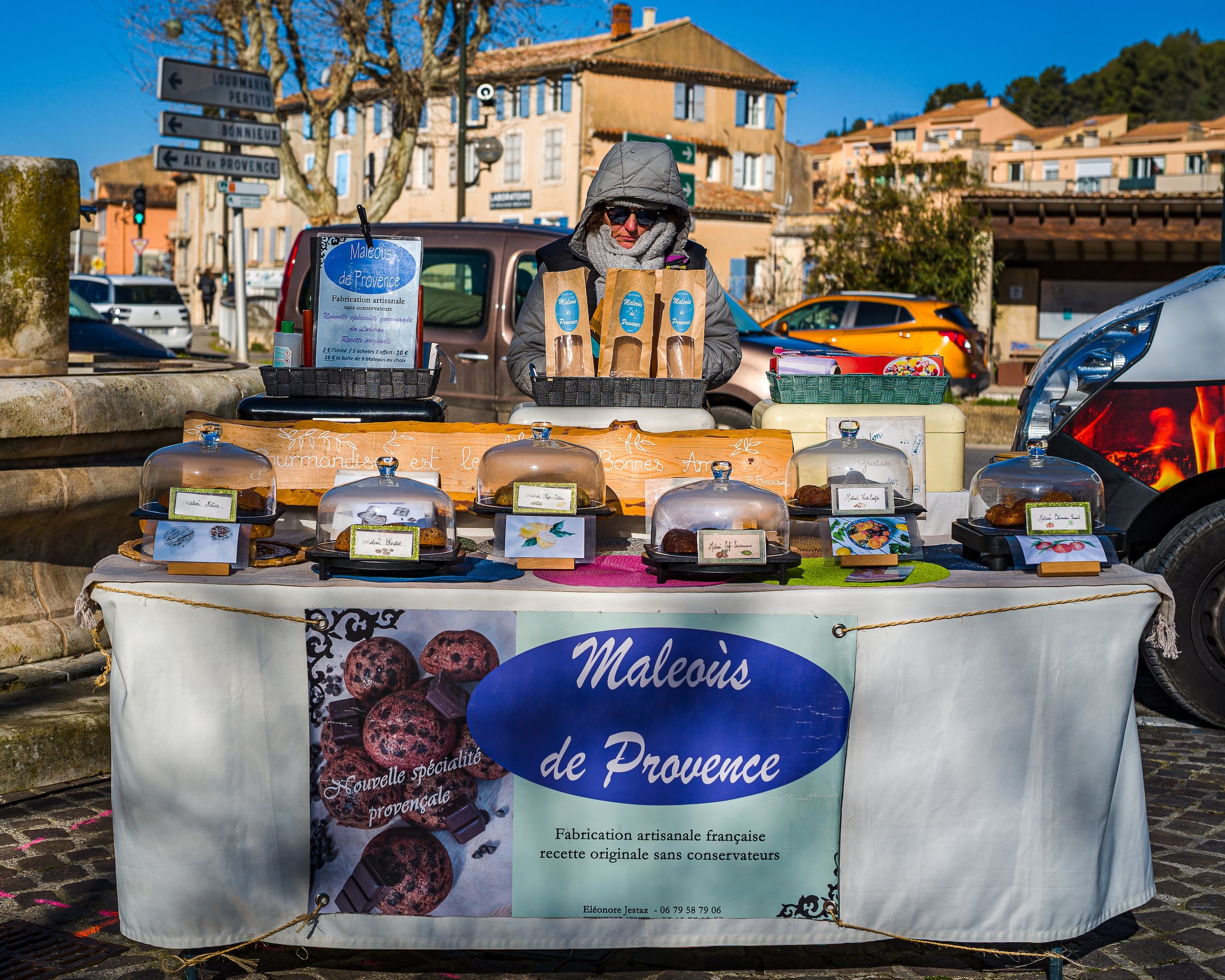
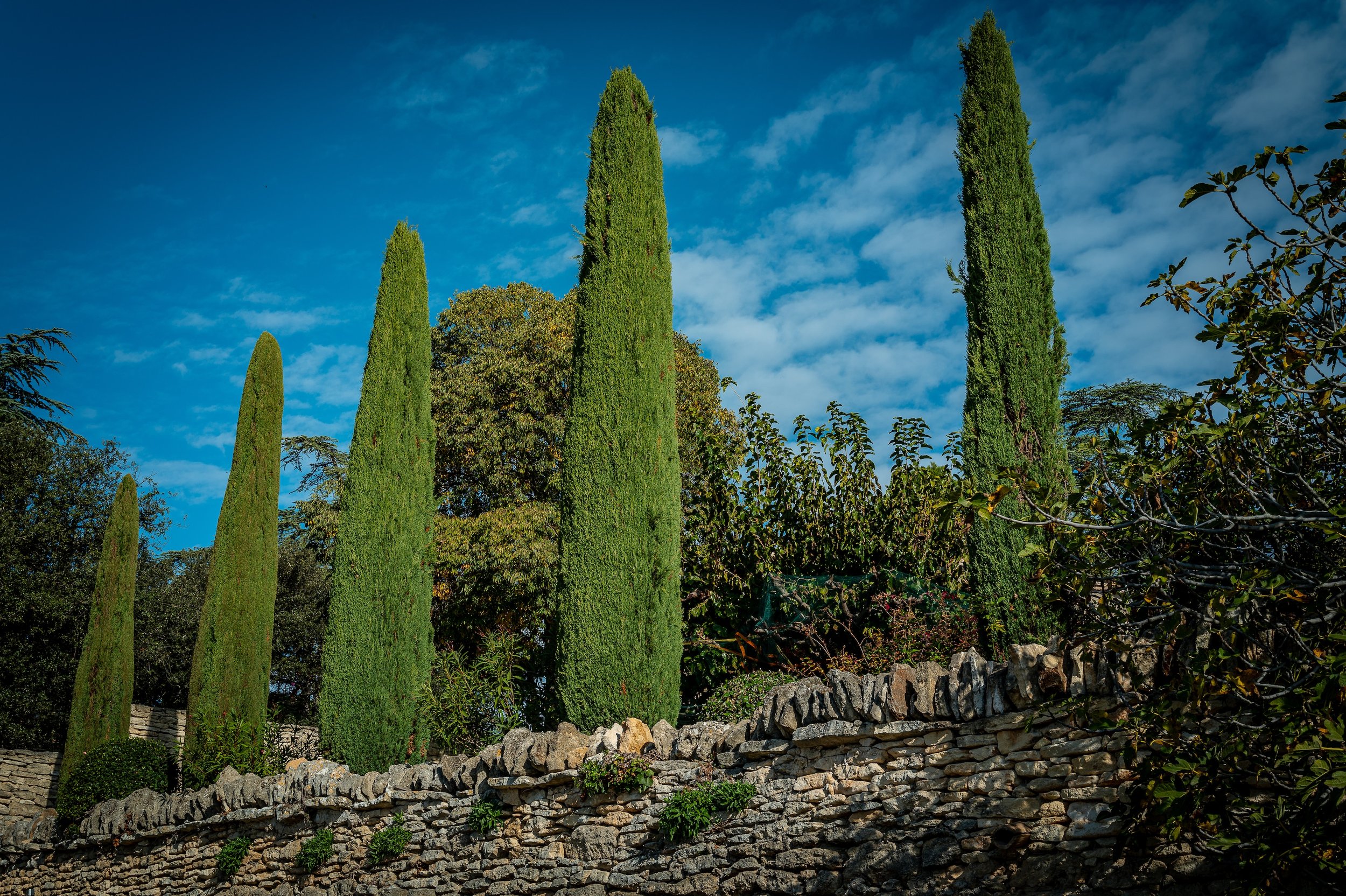
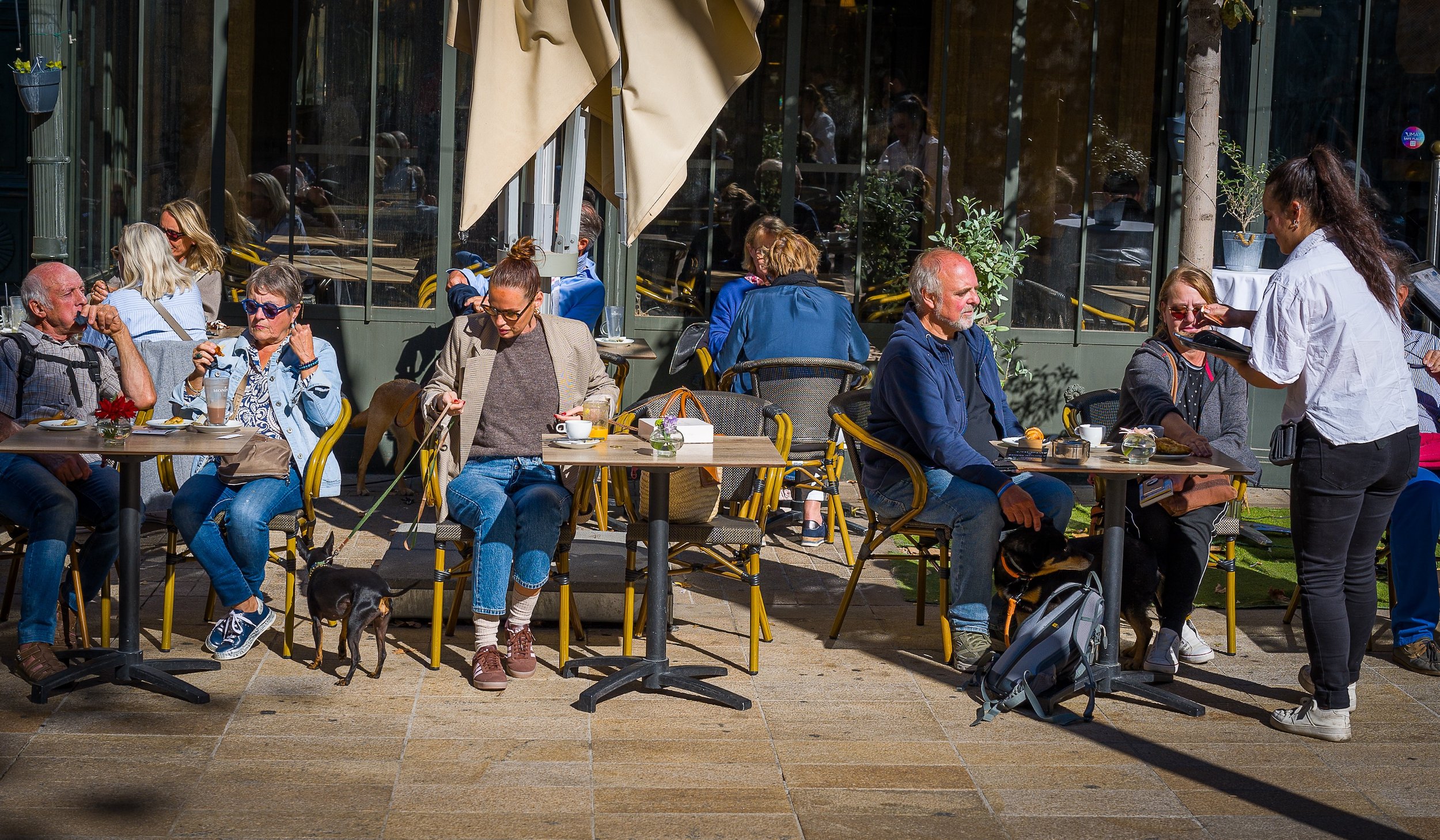
The Cafe Culture of Aix en Provence captured by the Leica Q3 43.
Leica Cameras for Travel.


A Sunday Drive in Vaucluse: Navigating Lavender Fields, Cat Naps, and Google Maps.
Leica Cameras for Travel.

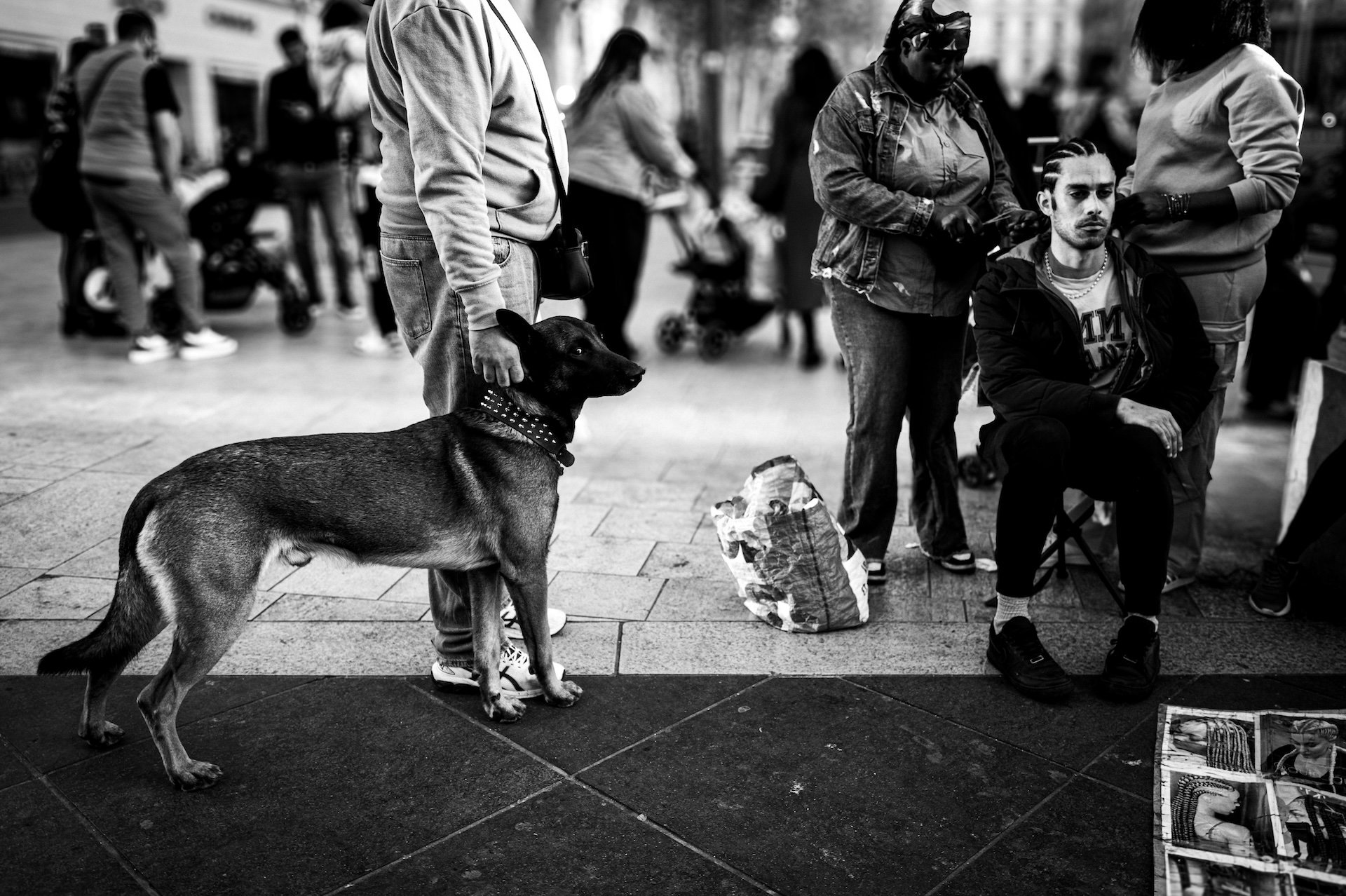
AN EVENING OF STREET PHOTOGRAPHY IN MARSEILLE WITH THE NEW LEICA Q3.
Leica Cameras for Travel.
